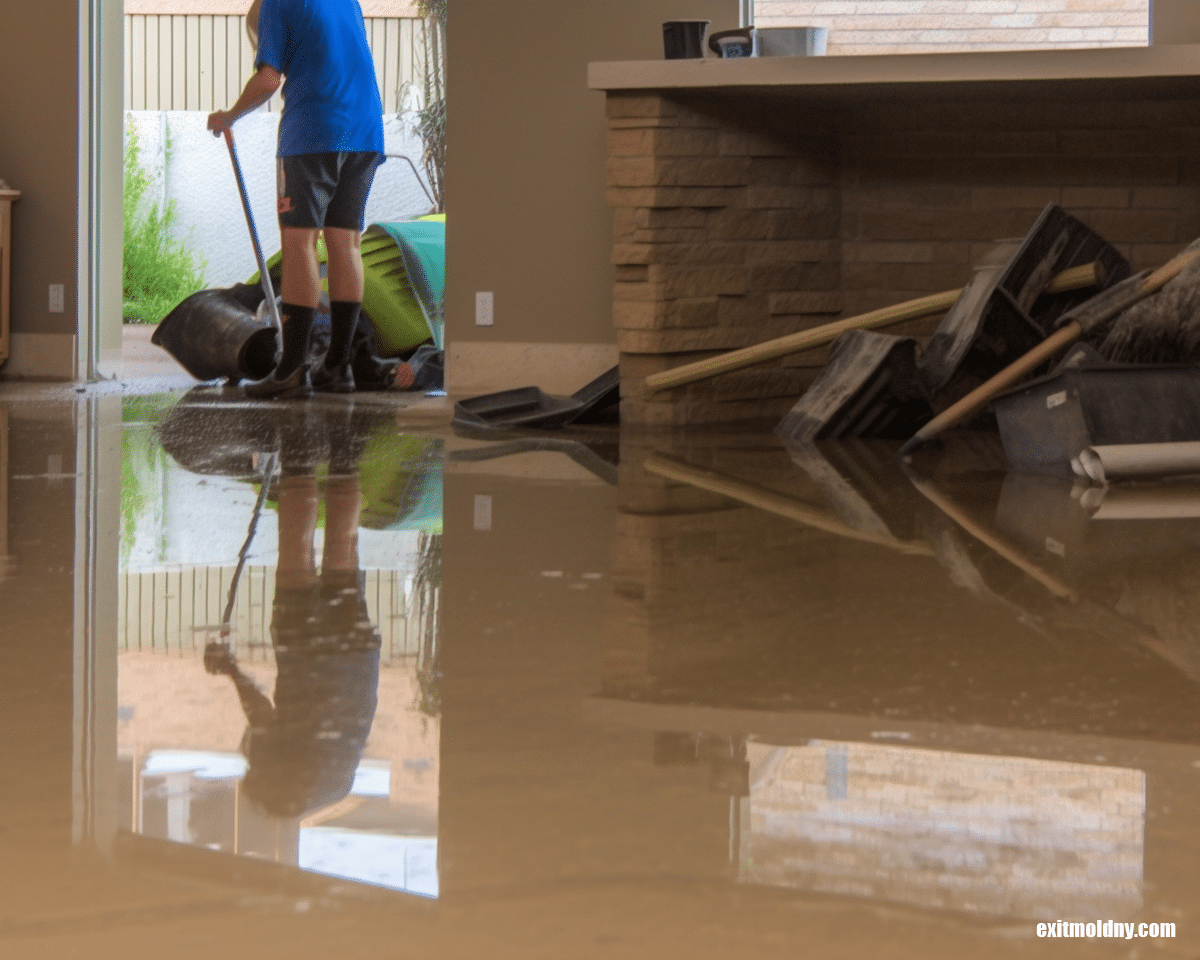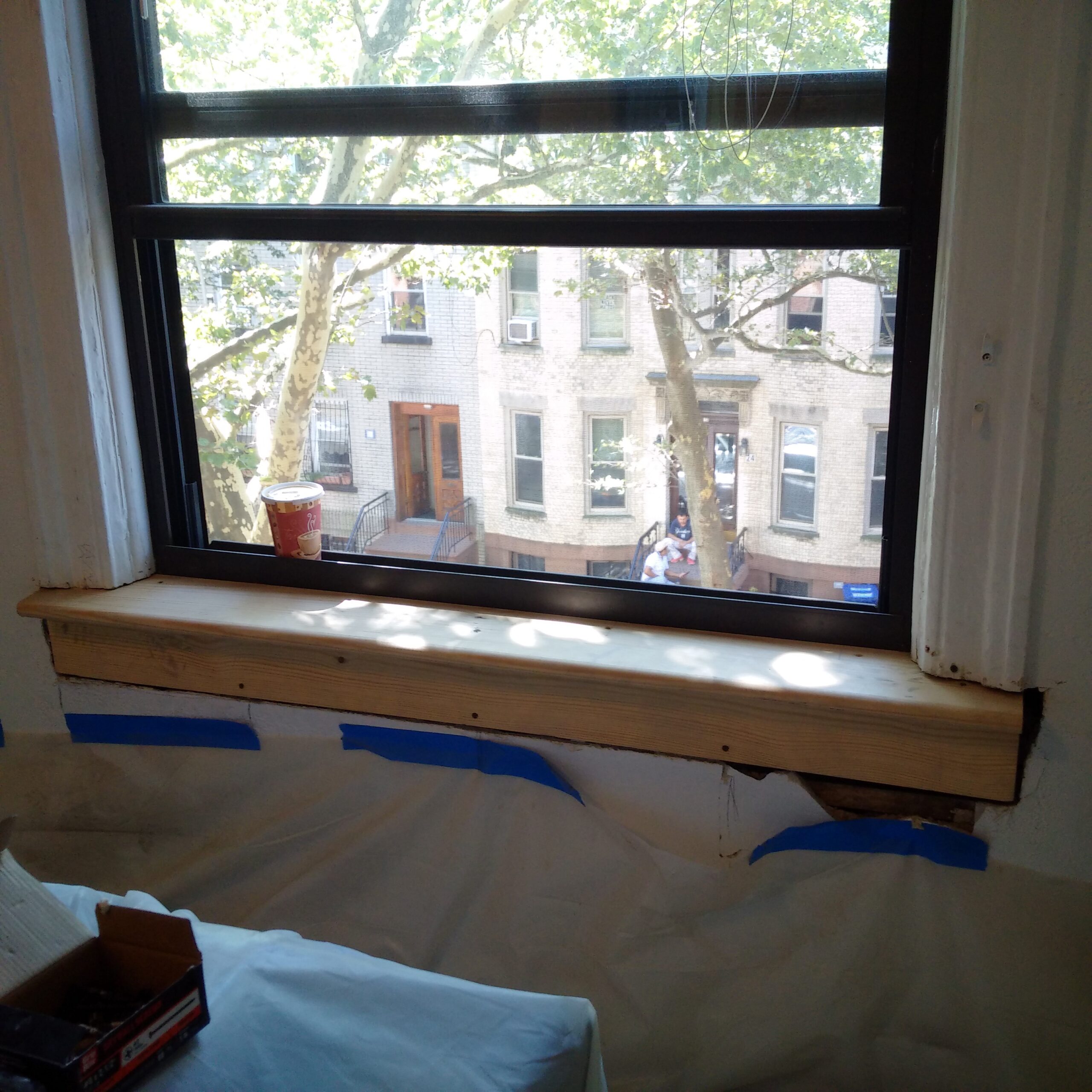Lead Removal Contractors-- Experienced Professionals for Lead Abatement
Wiki Article
Step-by-Step Process for Successful Lead Infraction Removal
Attending to lead offenses requires a meticulous and structured approach to ensure both safety and regulatory conformity. The trip starts with the exact detection and analysis of contamination sources, utilizing innovative analysis devices. Following this, adherence to federal and state guidelines is critical to formulating an efficient removal plan. Such a strategy has to detail the specific approaches and timelines for action. The real remediation calls for skilled employees to implement these strategies while strictly following safety methods. But what occurs after the remediation is finished? The response hinges on recognizing the important post-remediation strategies that ensure lasting security and area health.
Detection and Analysis
Detection and evaluation are important action in the remediation of lead infractions. To make certain an efficient removal process, it is vital to conduct a comprehensive assessment of the environment where prospective lead exposure exists. The preliminary stage of detection involves identifying resources of lead contamination, which can be located in paint, water pipelines, dirt, and dust. Utilizing innovative analysis tools such as X-ray fluorescence (XRF) analyzers and atomic absorption spectroscopy (AAS) can provide accurate measurements of lead concentrations.Once discovery is completed, an extensive assessment must be embarked on. This includes assessing the degree and intensity of contamination, in addition to recognizing populaces in jeopardy, specifically youngsters and pregnant females. Risk assessments commonly entail tasting and research laboratory evaluation, environmental surveys, and health impact studies. The gathered information ought to be thoroughly recorded to sustain the development of an effective removal method (Lead Violation Removal in NYC).
Moreover, it is critical to focus on locations with the highest degree of contamination and those that posture the best health threats. Efficient communication with stakeholders, consisting of homeowner, residents, and public wellness officials, is essential for ensuring that all events are informed concerning the findings and the succeeding steps needed for remediation. This first discovery and evaluation stage prepares for an effective lead infraction removal procedure.

Lawful and Regulative Compliance
Browsing the landscape of legal and governing conformity is a critical element of effective lead infraction removal. Compliance makes sure not only the security of affected populations but additionally the integrity and lawful standing of the company in charge of remediation. Laws regulating lead contamination are complex, incorporating government, state, and regional laws. At the government level, the Environmental Defense Company (EPA) establishes stringent requirements under the Poisonous Compounds Control Act (TSCA) and the Lead-Based Paint Renovation, Fixing, and Painting Regulation (RRP Guideline)State and neighborhood laws can vary, commonly enforcing added obligations or more rigid requirements. A comprehensive understanding of all relevant legal frameworks is important. This includes careful documents of all removal activities to demonstrate conformity. Failing to comply with these laws can result in severe charges, consisting of hefty fines, lawsuit, and reputational damages.
Engaging lawful professionals specialized in ecological law can promote navigating these intricacies. Regular training and certification for all employees involved in the remediation procedure are additionally required to guarantee adherence to security and regulatory requirements. By prioritizing legal and regulatory compliance, companies can effectively mitigate risks and accomplish a successful removal end result.
Preparation the Removal
Properly planning the remediation of lead offenses begins with a detailed assessment of the polluted website. This data-driven approach guarantees that removal initiatives are appropriately targeted and effective.As soon as the contamination is mapped, a risk assessment must be conducted to assess prospective wellness threats to human beings and the environment. Lead Violation Removal in NYC. This evaluation must take into consideration factors such as exposure pathways, population vulnerability, and environmental influences. The understandings collected will certainly form the basis for selecting a suitable remediation method
Ultimately, establishing clear, possible purposes for the removal project is essential. These goals must line up with governing criteria and stakeholder assumptions to ensure compliance and neighborhood approval. Creating a thorough removal strategy that lays out approaches, timelines, and resource allocation will help with a structured technique to the clean-up process.
Additionally, it is important to engage with stakeholders early and maintain transparent interaction throughout the planning stage. This includes informing local communities, obtaining necessary permits, and coordinating with governing companies to make certain all lawful and procedural requirements are satisfied. A well-crafted removal strategy not only attends to the contamination efficiently but additionally develops count on and cooperation amongst all celebrations involved.
Implementing the Remediation
With a well-structured remediation strategy in position, the discover this info here emphasis moves to the real execution of the remediation tasks. This phase includes mobilizing the essential resources, consisting of knowledgeable workers, specialized devices, and top quality products. Begin by clearly delineating functions and responsibilities to ensure liability and seamless coordination among staff member.This consists of setting up containment locations to protect against lead dust and particles from spreading, as well as using air filtering systems to keep air quality. Use approaches such as wet scuffing, chemical stripping, or encapsulation, depending on the intensity and place of the contamination.
Throughout the remediation procedure, conduct routine assessments and air high quality checking to ensure compliance with regulatory standards. Efficient communication with stakeholders, including property owners and occupants, is important to keep them notified of progress and any unexpected advancements. By carefully complying with these steps, the remediation activities can be performed efficiently and efficiently, eventually mitigating lead threats.
Post-Remediation Approaches
Post-remediation strategies play a vital function in making certain the lasting success of lead offense removal initiatives. These methods include continuous tracking, maintenance, and neighborhood education and learning to avoid future lead direct exposure and make certain official source a risk-free environment.First, normal tracking is important. This involves routine testing of the formerly impacted areas to ensure that lead degrees remain within secure limitations. Homeowner need to develop a schedule for these examinations, ideally in cooperation with qualified environmental professionals.

Third, informing the community plays a pivotal role in maintaining the benefits of remediation. Residents and property managers ought to be educated regarding the threats of lead exposure and the ideal methods for maintaining a lead-safe environment. Workshops, informative pamphlets, and neighborhood conferences can be efficient tools for distributing this info.
Final Thought
Effective lead infraction removal requires an extensive, organized approach including detection and assessment of home contamination, adherence to lawful and regulative requirements, precise planning, and efficient execution of remediation initiatives. Post-remediation methods, including continuous surveillance and area education and learning, are necessary to maintain a lead-safe environment. Partnership with ecological professionals guarantees continuous conformity and defense of public health. This methodical process highlights the relevance of thoroughness and vigilance in attending to and minimizing lead contamination.Report this wiki page